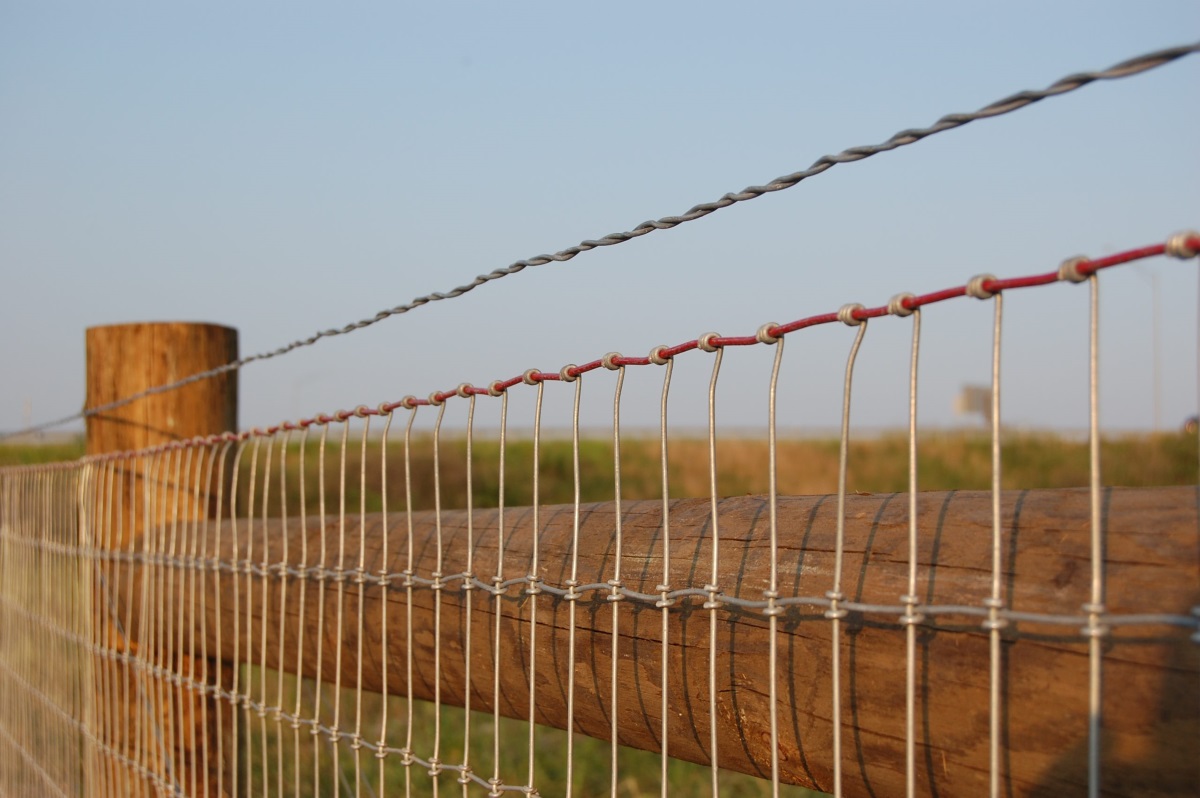

Articles
How To Build Wire Fence
Modified: February 23, 2024
Learn how to build a sturdy wire fence with these informative articles. Discover expert tips, step-by-step instructions, and essential tools needed for a successful fence installation.
(Many of the links in this article redirect to a specific reviewed product. Your purchase of these products through affiliate links helps to generate commission for Storables.com, at no extra cost. Learn more)
Introduction
When it comes to securing your property and maintaining the privacy of your surroundings, a wire fence is a reliable and cost-effective solution. Whether you’re looking to keep animals out of your garden or establish a boundary around your property, building a wire fence is a practical and straightforward DIY project.
In this article, we will guide you through the step-by-step process of building a wire fence. From gathering the necessary materials to installing the fence posts and attaching the wire mesh, we’ll cover all the essential aspects to help you complete the project successfully. So, roll up your sleeves and let’s get started!

Before we dive into the details, it’s essential to note that planning and preparation are key to a successful wire fence installation. Make sure you have the necessary tools and materials ready, such as wire mesh, fence posts, top rail, tension wire, gate hardware, and concrete. Additionally, check if there are any local regulations or permits required before proceeding with your fence installation.
Now that you’re all set, let’s move on to the first step: gathering the materials.
Key Takeaways:
- Building a wire fence involves careful planning, precise installation of materials, and attention to detail. From setting up tension wire to securing the bottom of the fence, each step contributes to a sturdy and reliable barrier.
- Gates and accessories add functionality and personalization to your wire fence, enhancing its practicality and aesthetic appeal. By following this comprehensive guide, you can create a secure and long-lasting fencing solution.
Read more: How To Build Woven Wire Fence
Step 1: Gather the Materials
Before you begin building your wire fence, it’s crucial to gather all the necessary materials. Having everything on hand will save you time and ensure a smooth installation process. Here’s a list of the materials you’ll need:
- Wire mesh: The wire mesh is the main component of your fence and comes in various sizes and gauges. Choose a mesh size that suits your needs, keeping in mind the purpose of the fence.
- Fence posts: Fence posts provide support and stability to your wire fence. You can choose from a variety of materials, such as wood, metal, or vinyl. Make sure the posts are long enough to properly secure the fence.
- Top rail: The top rail runs along the top of the fence and provides additional stability. It is usually made of metal and comes in different lengths.
- Tension wire: Tension wire helps to keep the fence taut and prevents sagging. It is typically installed at the top and bottom of the fence.
- Gate hardware: If you plan to install a gate, you’ll need gate hardware, including hinges, latches, and handles.
- Concrete: Concrete is necessary for setting the fence posts securely in the ground. You’ll need enough concrete to fill the post holes.
- Tools: Make sure you have the right tools for the job, such as a post hole digger, shovel, level, wire cutters, pliers, and a hammer.
Once you have gathered all the materials, double-check to ensure that you haven’t missed anything. It’s essential to have everything ready before you start building to avoid unnecessary delays.
Now that you have all the necessary materials, it’s time to move on to the next step: planning the fence layout.
Step 2: Plan the Fence Layout
Before you start digging post holes and installing your wire fence, it’s crucial to plan the layout accurately. Planning will help you determine the exact placement of the fence, including any gates or corners.
Here’s how you can plan your fence layout:
- Measure the perimeter: Start by measuring the length of the area where you want to install the fence. This will give you an idea of how much wire mesh and other materials you’ll need.
- Mark the corners and gate locations: Identify the corners of your fence and mark them with stakes or flags. Additionally, mark the location where you plan to install any gates.
- Run a string line: Using a string line, connect the corner points and gate locations to establish a visual guide for the fence line.
- Consider the landscape: Take into account any slopes, trees, or obstacles that might affect the fence installation. Adjust the fence layout accordingly to ensure a smooth and consistent fence line.
- Check property boundaries: If you’re installing the fence along a property boundary, make sure you consult any existing boundary markers or consult with your neighbors to avoid any disputes.
Once you have planned the fence layout and are satisfied with the alignment, it’s time to move on to the next step: marking the fence line.

Proper planning and marking of the fence layout will ensure that your wire fence is installed precisely and meets your requirements. Take your time to measure and mark the fence line accurately, as it will serve as a guide throughout the installation process.
Now that you have planned the fence layout, it’s time to proceed to the next step: marking the fence line.
Step 3: Mark the Fence Line
Once you have planned the layout of your wire fence, it’s time to mark the fence line. This step is essential to ensure that your fence installation stays on track and maintains a consistent alignment.
Here’s how you can mark the fence line:
- Use marking paint or flags: Begin by marking the corners and gate locations with marking paint or flags. This will serve as a visual guide for where the fence line will be.
- Measure and mark the post locations: Starting from one corner, measure the distance between each fence post and mark the post locations with stakes or flags. Make sure the spacing is consistent and follows the specifications of your wire mesh.
- Connect the marks: Once the post locations are marked, use a string line or a chalk line to connect the marks and create a straight line for your fence.
While marking the fence line, it’s crucial to consider factors such as property boundaries, obstacles, and slopes. Ensure that the fence line is within the boundaries and adjusts its alignment accordingly to accommodate any obstacles or changes in terrain.

By accurately marking the fence line, you’ll have a clear guide to follow during the installation process. It will help maintain a professional and cohesive appearance for your wire fence.
Now that you have marked the fence line, it’s time to move on to step 4: installing the corner and end posts.
Step 4: Install the Corner and End Posts
Installing the corner and end posts is a crucial step in building a sturdy and durable wire fence. These posts provide support and stability at the corners and ends of the fence, ensuring that it remains upright and secure.
Here’s how you can install the corner and end posts:
- Locate the corner and end post locations: Refer to the marked fence line and identify where the corner and end posts will be placed. These posts should align with the corners and ends of the fence.
- Dig the post holes: Use a post hole digger or an auger to dig holes for the corner and end posts. The depth and width of the holes will depend on the size and height of your fence. As a general guideline, aim for a depth of at least one-third of the post length and a width of about two times the diameter of the post.
- Place the posts: Insert the corner and end posts into their respective holes. Ensure that they are positioned vertically and aligned with the fence line. Use a level to check their verticality.
- Secure the posts: Fill the holes around the posts with concrete mix, following the manufacturer’s instructions. Tamp down the concrete to eliminate air pockets and ensure a sturdy foundation. Allow the concrete to cure as per the instructions before proceeding.
Remember to double-check the alignment and positioning of the corner and end posts before securing them with concrete. Proper installation of these posts is crucial for the overall stability and integrity of your wire fence.

Once the corner and end posts are installed and the concrete has cured, your wire fence will start to take shape. These posts serve as the anchor points for the rest of the fence installation process.
Now that you have installed the corner and end posts, it’s time to move on to step 5: setting up the tension wire.
Read more: How To Build Hog Wire Fence
Step 5: Set Up the Tension Wire
Setting up the tension wire is an important step in ensuring that your wire fence remains taut and secure. The tension wire runs horizontally along the top and bottom of the fence, providing stability and preventing sagging.
Here’s how you can set up the tension wire:
- Measure and cut the tension wire: Start by measuring the length of the fence where you will install the tension wire. Cut the wire to the appropriate length, allowing for some extra length to wrap around the end posts.
- Attach one end of the tension wire: Begin at one end of the fence and attach the tension wire to the end post. Wrap the wire around the post, leaving a small loop of wire to provide room for tensioning later.
- Stretch the wire: Move along the fence line, pulling the tension wire tightly. Use a tensioning device, such as a wire grip or come-along, to increase the tension in the wire, ensuring it is straight and firm.
- Secure the wire: Once the tension wire is appropriately stretched, secure it to the end post using wire clips or hog rings. Ensure that the wire is tightly secured and won’t come loose over time.
- Repeat for the bottom tension wire: If desired, you can install a second tension wire at the bottom of the fence for added stability. Follow the same steps as above to measure, cut, attach, stretch, and secure the bottom tension wire.
Properly setting up the tension wire ensures that your wire fence remains taut and resists sagging. It provides a solid foundation for the attachment of the wire mesh and helps maintain the overall integrity of the fence.

With the tension wire in place, your wire fence is now better equipped to resist external forces and maintain its shape and structure. The next step is to install the fence posts, which will serve as the vertical supports for the wire mesh.
Now that you have set up the tension wire, it’s time to move on to step 6: installing the fence posts.
When building a wire fence, make sure to properly stretch the wire to prevent sagging. Use a fence stretcher tool or a come-along to achieve the right tension.
Step 6: Install the Fence Posts
The installation of fence posts is a critical step in building a sturdy and secure wire fence. These posts provide vertical support for the wire mesh, ensuring it remains in place and withstands external forces.
Here’s how you can install the fence posts:
- Determine the spacing: Measure the distance between each fence post, ensuring that the spacing matches the specifications of your wire mesh. Typically, the posts are spaced evenly, but it may vary depending on the intended purpose of the fence.
- Dig the post holes: Use a post hole digger or an auger to dig holes for the fence posts. The depth of the holes should be at least one-third of the post length, to provide stability and support.
- Place the posts: Insert the fence posts into the holes, making sure they are positioned vertically and aligned with the marked fence line. Use a level to check their verticality.
- Secure the posts: Fill the holes around the posts with concrete mix, following the manufacturer’s instructions. Tamp down the concrete to eliminate air pockets and provide a solid foundation for the posts.
- Attach the top rail: If you’re using a top rail, attach it to the fence posts using appropriate brackets or clips. The top rail adds stability to the fence and helps prevent sagging.
It’s essential to ensure that the fence posts are securely and firmly set in place. The concrete provides stability and prevents the posts from shifting or leaning over time.

With the fence posts properly installed, you’re one step closer to completing your wire fence. These posts act as the backbone of the fence, offering support and stability for the wire mesh.
Now that you have installed the fence posts, it’s time to move on to step 7: attaching the top rail.
Step 7: Attach the Top Rail
Attaching the top rail to your wire fence not only improves its stability but also adds a clean and finished look to the overall structure. The top rail runs horizontally along the top of the fence, providing additional support and preventing the wire mesh from sagging over time.
Here’s how you can attach the top rail:
- Measure and cut the top rail: Begin by measuring the length of the fence where the top rail will be installed. Cut the top rail to match the measured length, ensuring that it fits snugly between the corner and end posts.
- Secure the end fittings: Attach end fittings, such as rail ends or eye-top fittings, to both corner posts. These fittings will hold the top rail securely in place.
- Slide the top rail into place: Slide the top rail into the end fittings, ensuring it sits firmly and securely. If necessary, use a rubber mallet or a hammer and block of wood to gently tap the rail into place.
- Secure the top rail: Once the top rail is in position, use screws or nails to secure it to the end fittings. Ensure that the rail is level and aligned with the fence line.
- Repeat for additional sections: If your fence has multiple sections, repeat the process of measuring, cutting, and attaching the top rail for each section, ensuring that they are all connected smoothly.
Attaching the top rail helps distribute the weight evenly across the fence and prevents the wire mesh from succumbing to sagging. It adds strength and stability to the fence, making it more resilient.

Once you have successfully attached the top rail, your wire fence will be well on its way to completion. The next step is to attach the wire mesh, which serves as the main barrier of your fence.
Now that you have attached the top rail, it’s time to move on to step 8: attaching the wire mesh.
Step 8: Attach the Wire Mesh
Attaching the wire mesh is a crucial step in completing your wire fence. The wire mesh serves as the main barrier and provides security and privacy to your property. Properly attaching the wire mesh ensures that it stays in place and provides reliable protection.
Here’s how you can attach the wire mesh:
- Unroll the wire mesh: Start by unrolling the wire mesh along the length of the fence line, ensuring it covers the entire area you want to enclose. Leave some extra length of wire mesh at the ends to secure it properly.
- Align the wire mesh: Ensure that the wire mesh is properly aligned and straight along the fence line. Adjust the position as needed to maintain consistency and a clean appearance.
- Secure the wire mesh to the corner post: Using wire clips or hog rings, secure the wire mesh to the corner post. Start at the top and work your way down, ensuring the mesh is taut and firmly attached.
- Secure the wire mesh along the entire fence line: Move along the fence line, securing the wire mesh to the remaining fence posts using the same method. Make sure to space the clips or rings evenly and check for any sagging or loose areas.
- Trim the excess wire mesh: Once the wire mesh is fully attached, trim any excess mesh using wire cutters. Be careful not to cut the mesh too short, as it should snugly fit between the corner and end posts.
Properly attaching the wire mesh ensures a secure and visually appealing fence that serves its purpose effectively. Take your time to ensure the mesh is securely fastened and evenly distributed along the fence line.

With the wire mesh attached, your wire fence is almost complete. However, there are a few additional steps to ensure a well-built and functional fence, such as securing the bottom of the fence and adding gates and accessories.
Now that you have attached the wire mesh, it’s time to move on to step 9: securing the bottom of the fence.
Read more: How To Build Chicken Wire Fence
Step 9: Secure the Bottom of the Fence
Securing the bottom of the fence is an important step to prevent animals or intruders from easily accessing your property. By properly securing the bottom of the wire mesh, you ensure that your fence remains strong, durable, and able to fulfill its intended purpose.
Here’s how you can secure the bottom of the fence:
- Dig a trench: Start by digging a narrow trench along the perimeter of the fence, on the inside of the wire mesh. The trench should be deep enough to bury a portion of the wire mesh and deter animals from burrowing underneath.
- Bend the wire mesh: Bend the bottom portion of the wire mesh outward at a 90-degree angle, creating an L-shape. This bent section will be buried in the trench to provide extra security.
- Place the wire mesh in the trench: Carefully place the bent section of the wire mesh into the trench, ensuring that it sits flush against the ground. The mesh should extend a few inches into the ground to prevent any animals from digging under.
- Fill the trench: Fill the trench with soil, packing it tightly around the bent portion of the wire mesh. Thoroughly compact the soil to create a sturdy barrier that discourages animals from burrowing.
Securing the bottom of the fence adds an extra layer of protection and prevents potential breaches. It ensures that your wire fence remains intact and effectively serves its purpose.

With the bottom of the fence secure, you’re one step closer to completing your wire fence project. The last step is to add gates and any additional accessories that may be necessary for your specific needs.
Now that you have secured the bottom of the fence, it’s time to move on to step 10: adding gates and accessories.
Step 10: Add Gates and Accessories
Adding gates and accessories to your wire fence completes the installation and makes it more functional and accessible. Gates provide an entry point into your enclosed area, while accessories enhance the overall functionality and aesthetic appeal of your fence.
Here’s how you can add gates and accessories to your wire fence:
- Select the appropriate gate: Choose a gate that suits your needs and complements the style of your fence. Consider factors such as size, material, and locking mechanism. You can opt for a single swing gate, double gates, or even a sliding gate depending on the size of the opening and your personal preferences.
- Install gate posts: If you’re adding a gate, install gate posts to support the weight and function of the gate. Dig post holes and secure the posts in place using concrete. Make sure the spacing and alignment of the gate posts are accurate.
- Attach the gate: Install the gate by attaching it to the gate posts using appropriate hinges or brackets. Ensure the gate is level and swings smoothly. Test the functionality of the gate, making any adjustments as necessary.
- Add gate hardware: Install gate hardware, including latches, handles, and locks, to ensure the gate can be securely closed and opened as needed. Choose hardware that is durable and suits your security requirements.
- Consider additional accessories: Depending on your needs and preferences, you can add accessories to enhance the functionality and aesthetics of your fence. This can include decorative post caps, finials, solar-powered lights, or even planters attached to the fence.
Gates and accessories add convenience, security, and personalization to your wire fence project. They provide an entry point while allowing you to put your unique touch on the overall design.

With gates and accessories installed, your wire fence is now ready for use. Take a moment to admire your hard work and enjoy the benefits of a well-built and functional fence.
Congratulations! You have successfully completed all the necessary steps to build a wire fence. By following this comprehensive guide, you have created a sturdy and reliable barrier that adds security and privacy to your property.
Remember to regularly inspect and maintain your wire fence to ensure its longevity. Periodically check for any loose wires, damaged posts, or signs of wear. With proper care, your wire fence will continue to serve you well for years to come.
Thank you for choosing wire fencing as your solution. Happy fencing!
Conclusion
Building a wire fence is a rewarding and practical DIY project that provides security and privacy to your property. By following the step-by-step process outlined in this guide, you have learned how to gather the necessary materials, plan the fence layout, mark the fence line, install the corner and end posts, set up the tension wire, install the fence posts, attach the top rail, secure the wire mesh, and add gates and accessories.
Throughout the process, careful planning and attention to detail are key. By selecting the appropriate materials, accurately marking the fence line, and properly installing the various components, you have ensured the strength and stability of your wire fence.
With your completed wire fence, you have created a barrier that offers security, privacy, and functionality. The wire mesh provides a strong and durable enclosure, while the tension wire and top rail prevent sagging and maintain the fence’s integrity over time. The addition of gates and accessories enhances both the practicality and aesthetic appeal of your fence.
Remember to regularly inspect and maintain your wire fence to keep it in optimal condition. With proper care, your fence will serve you well for years to come, protecting your property and providing peace of mind.
We hope that this comprehensive guide has been helpful in guiding you through the process of building your wire fence. Whether you’re keeping animals out of your garden, establishing a boundary around your property, or adding a layer of security, your wire fence is a valuable addition to your home.
Thank you for choosing wire fencing as your solution. Happy fencing!
Frequently Asked Questions about How To Build Wire Fence
Was this page helpful?
At Storables.com, we guarantee accurate and reliable information. Our content, validated by Expert Board Contributors, is crafted following stringent Editorial Policies. We're committed to providing you with well-researched, expert-backed insights for all your informational needs.
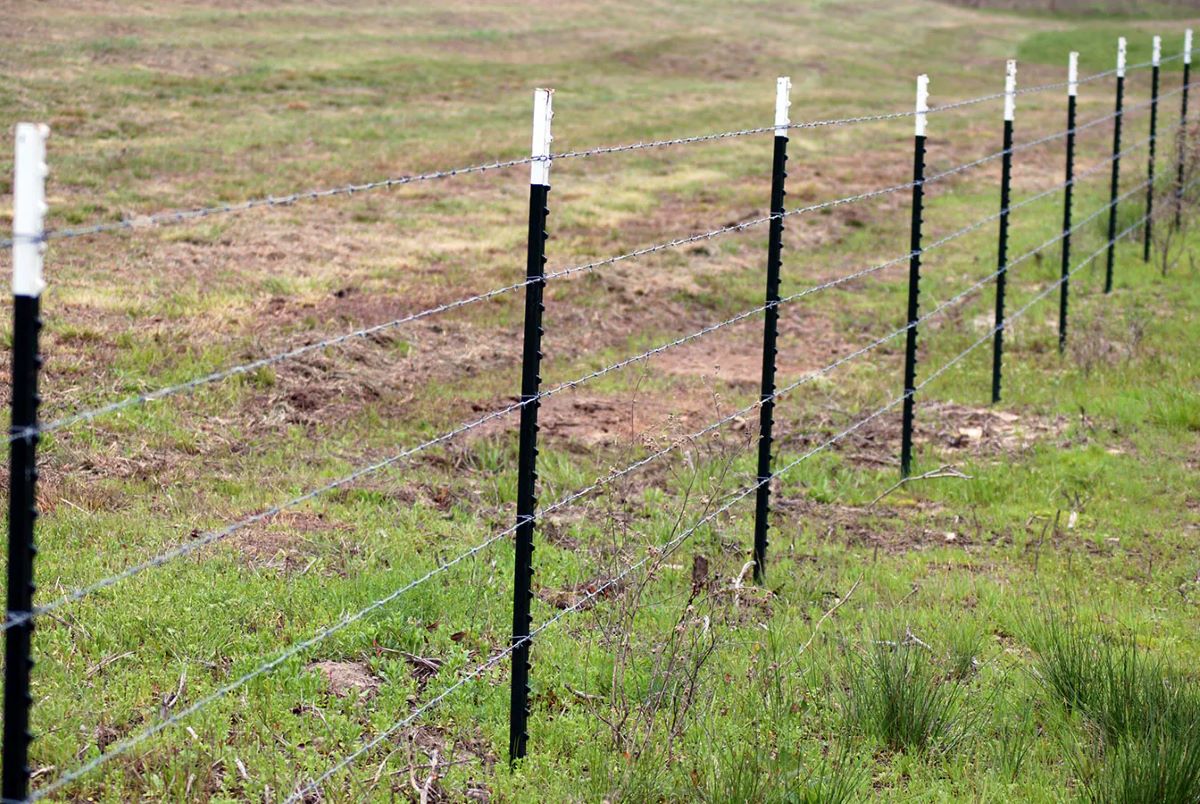
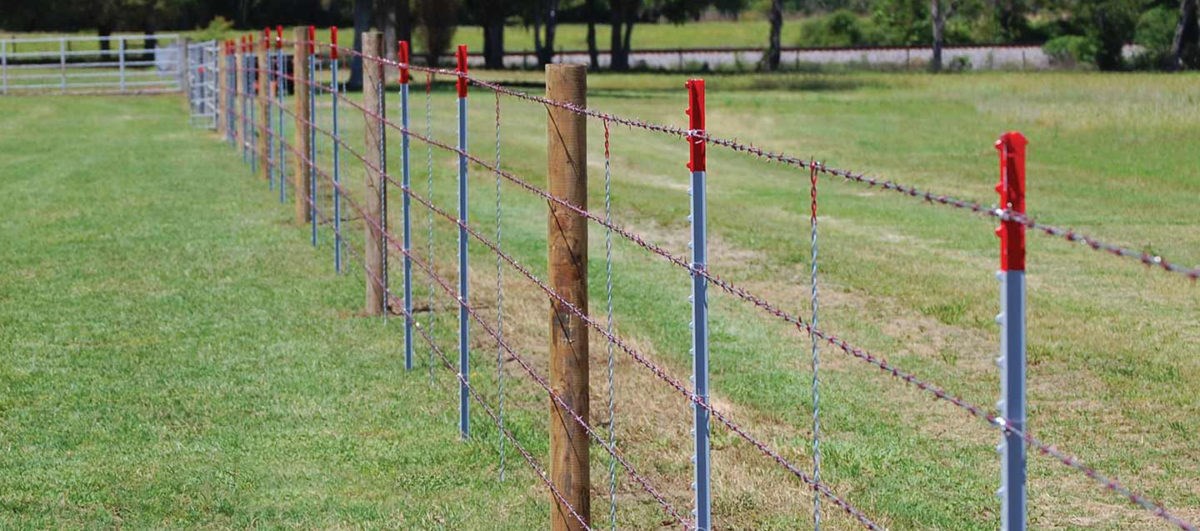
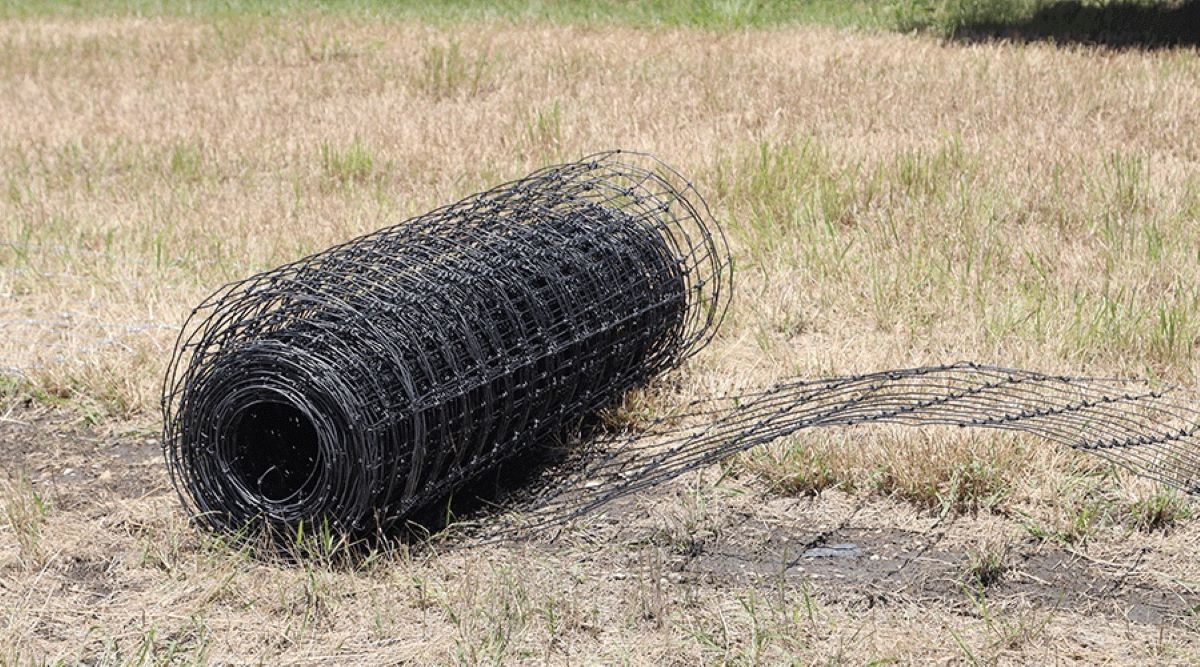
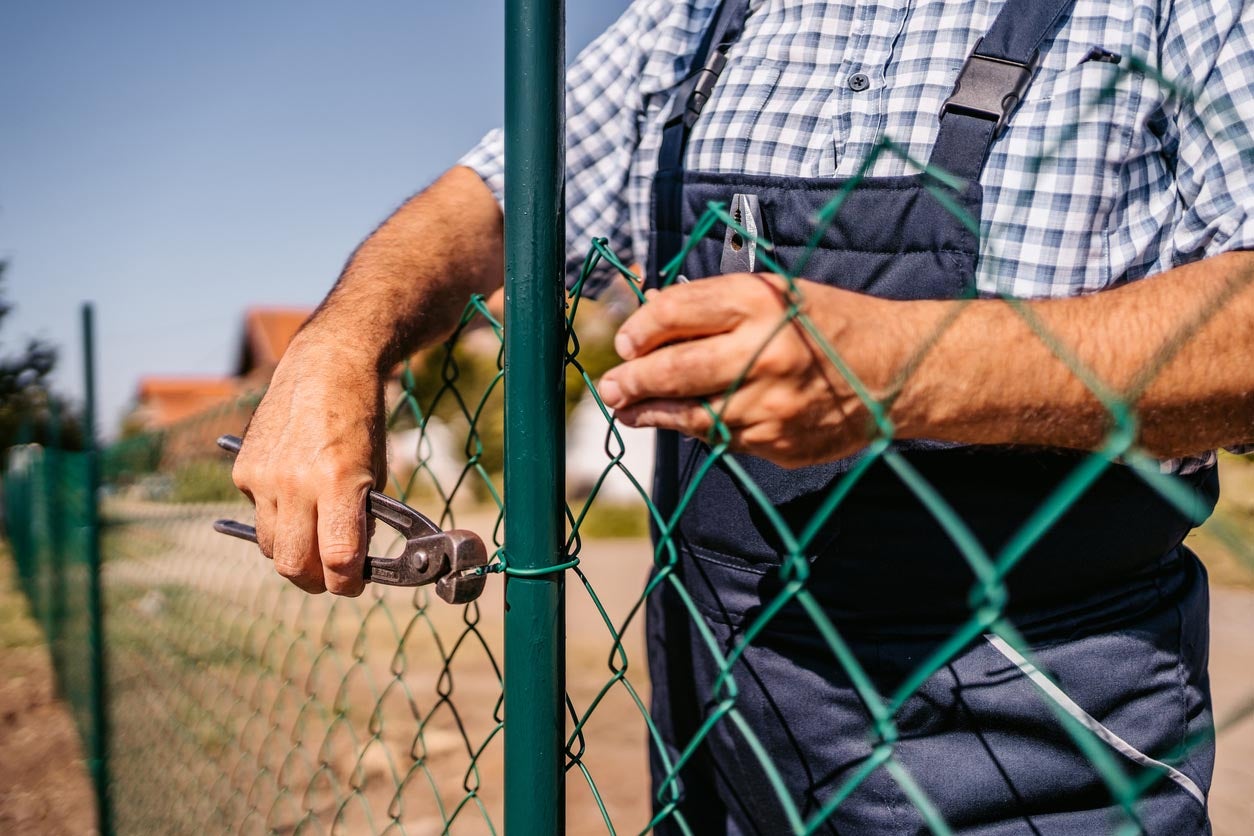
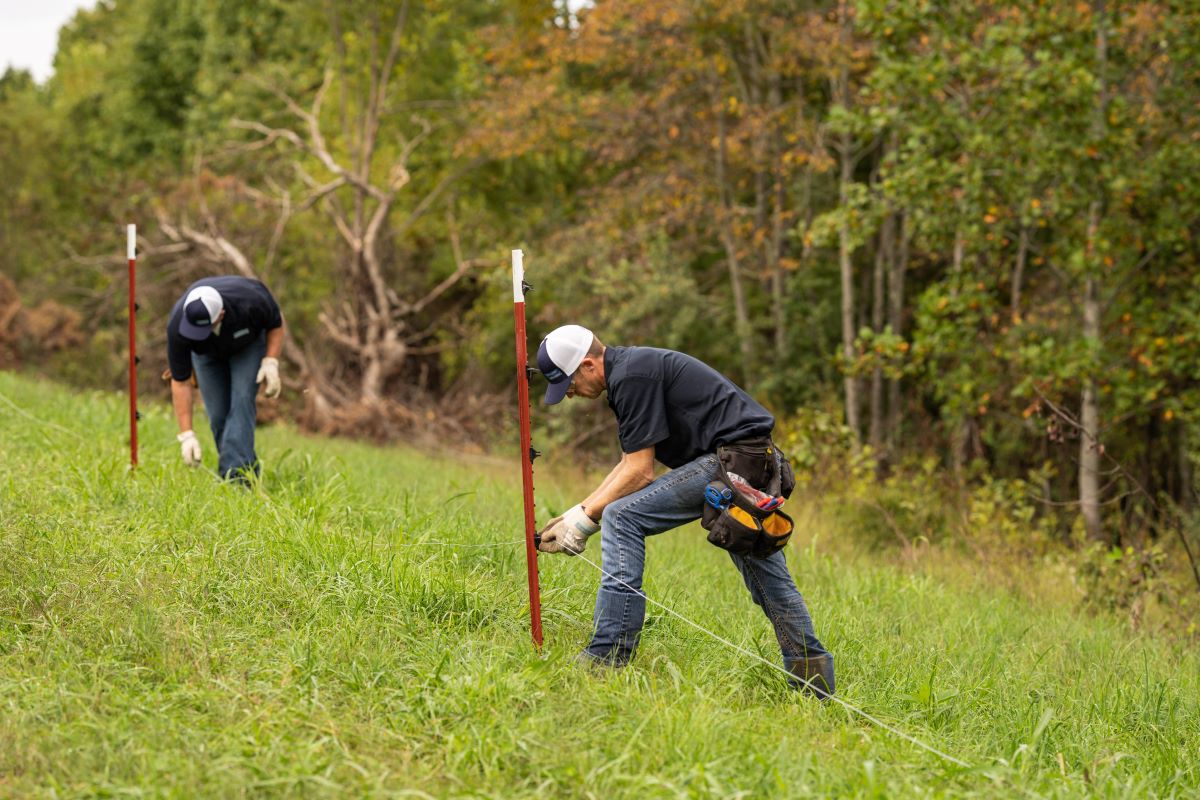

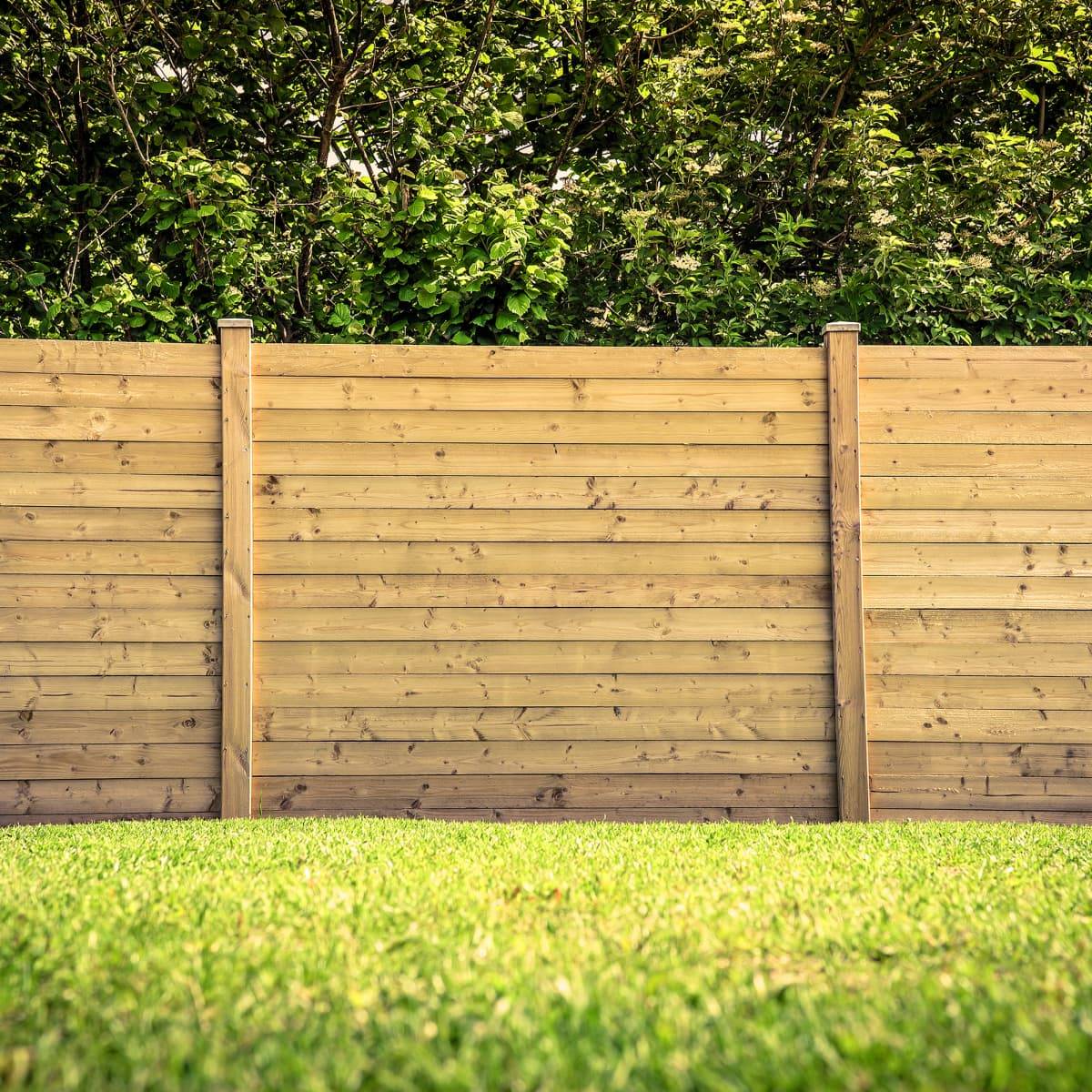
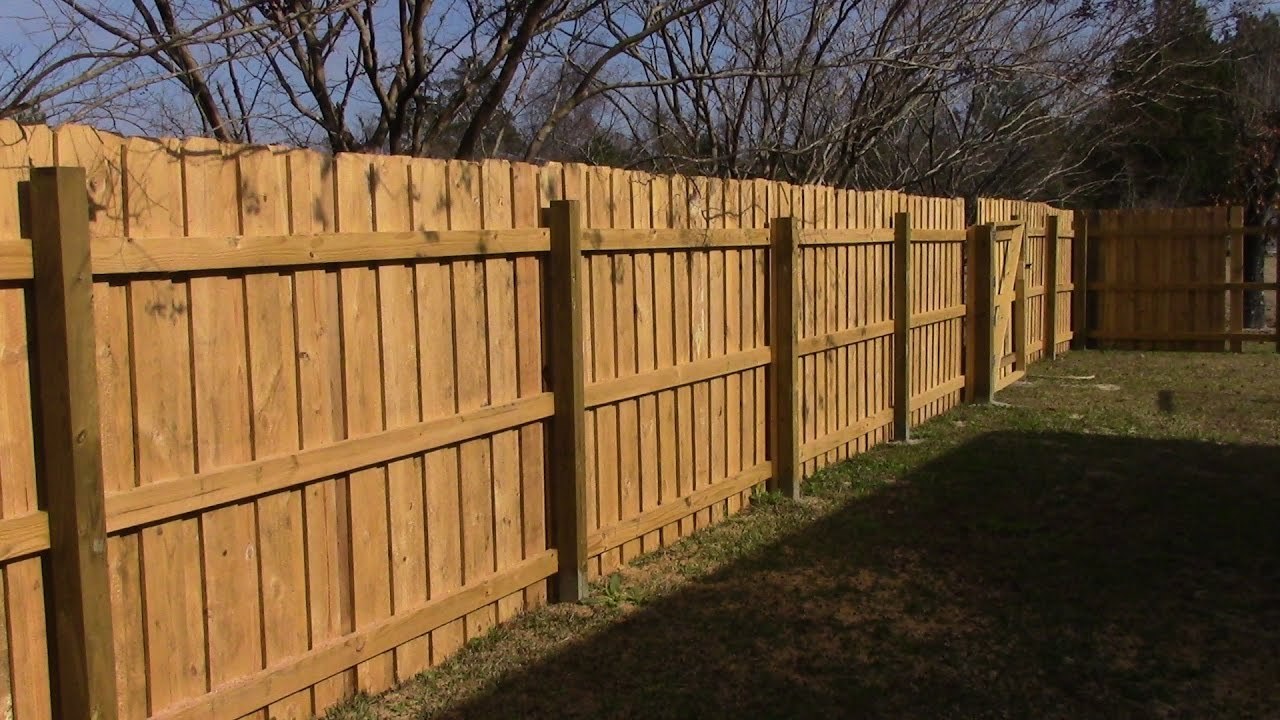
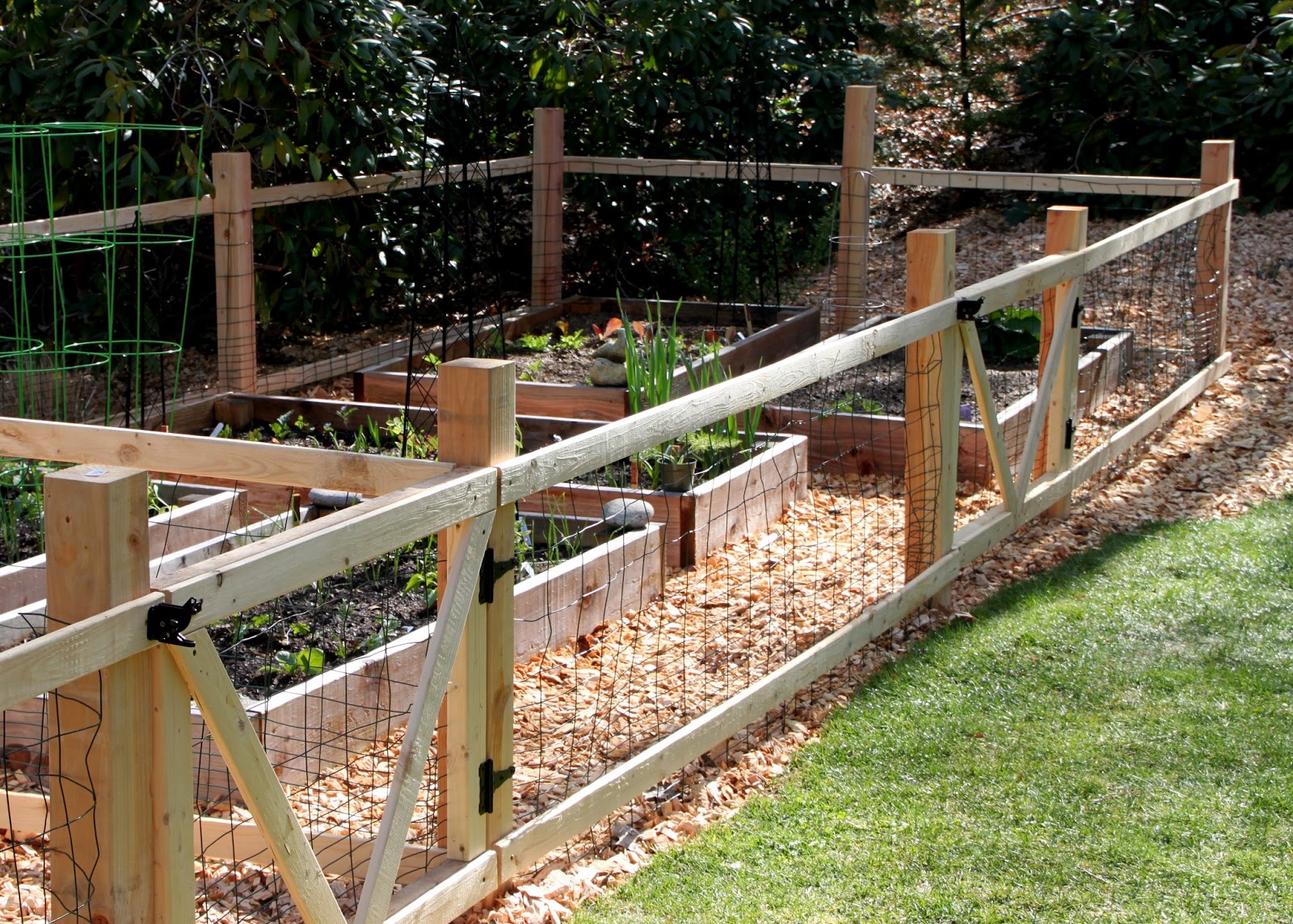
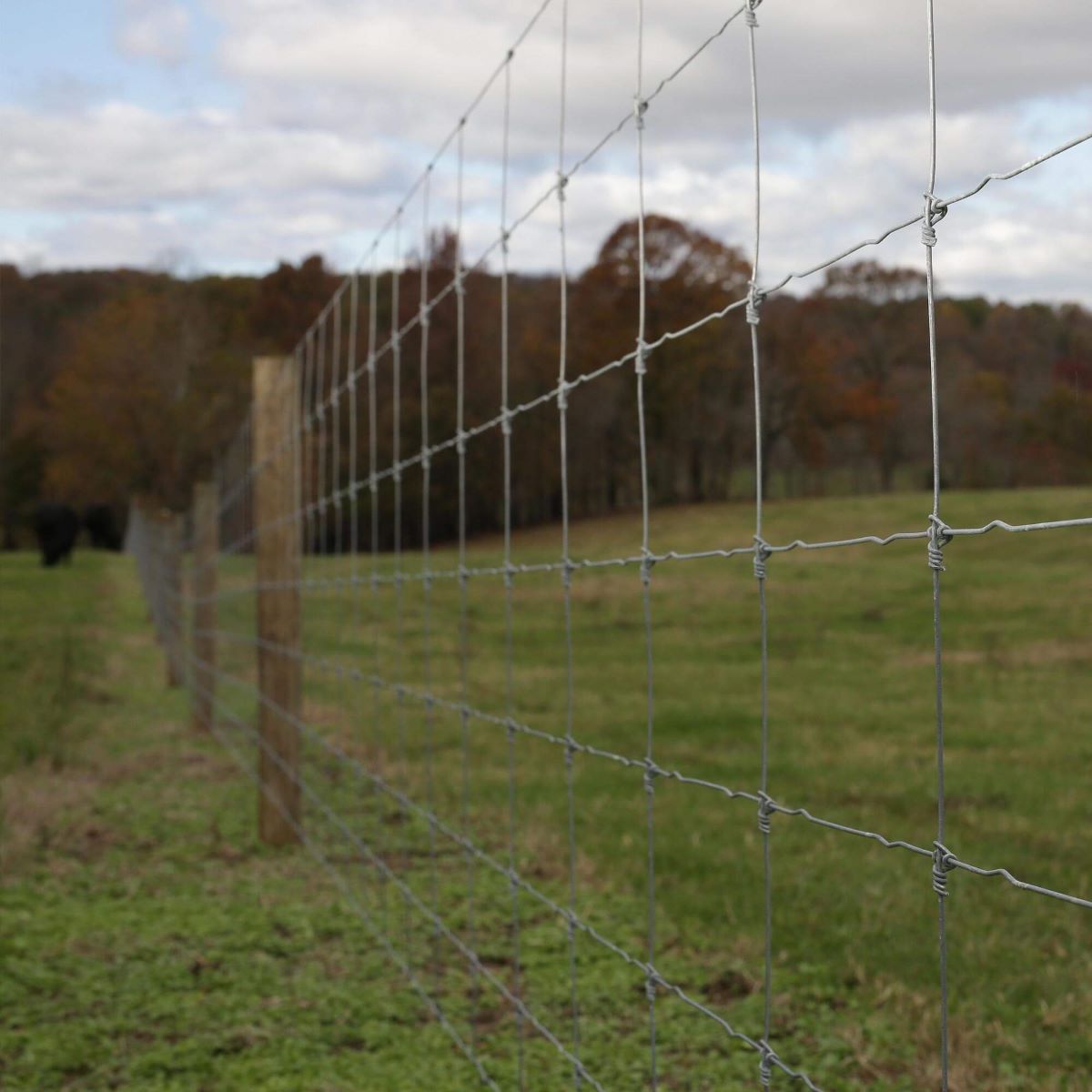
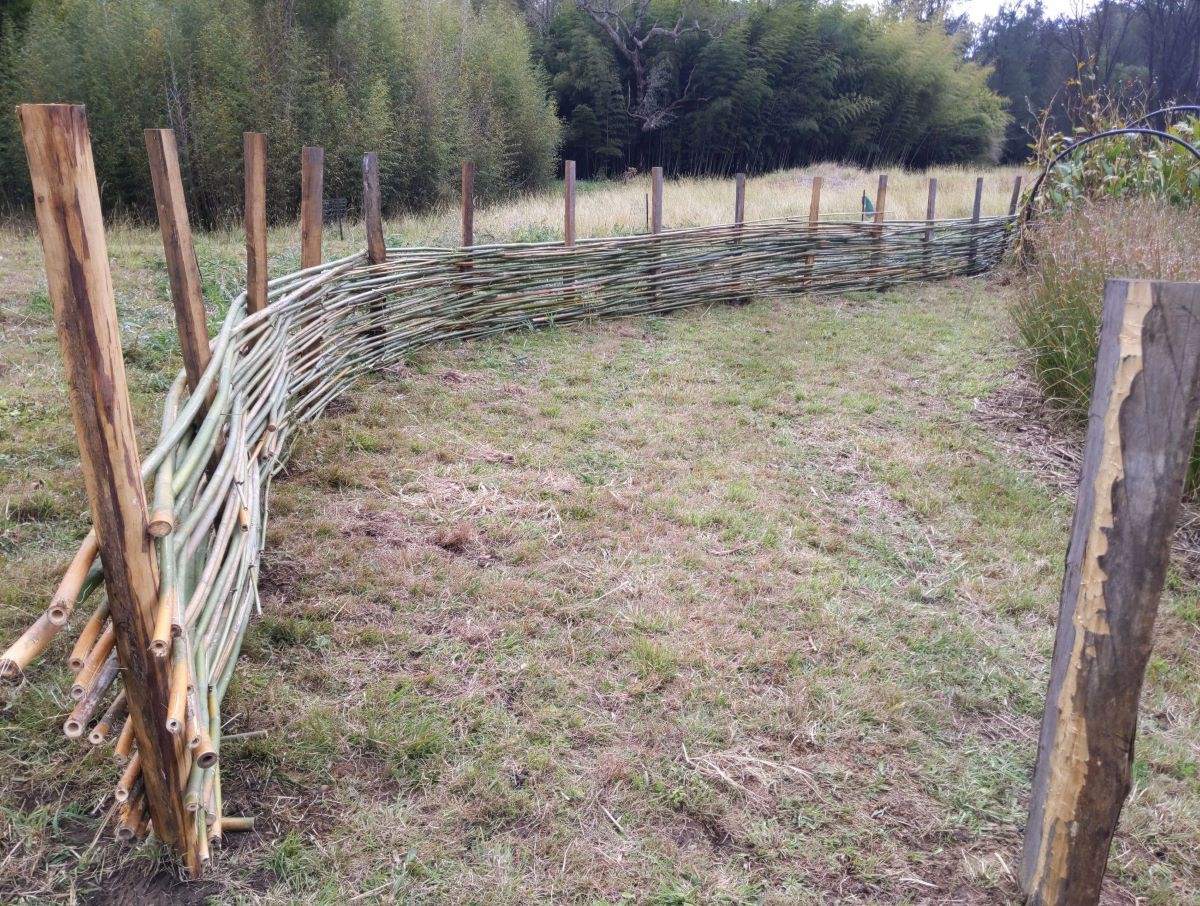
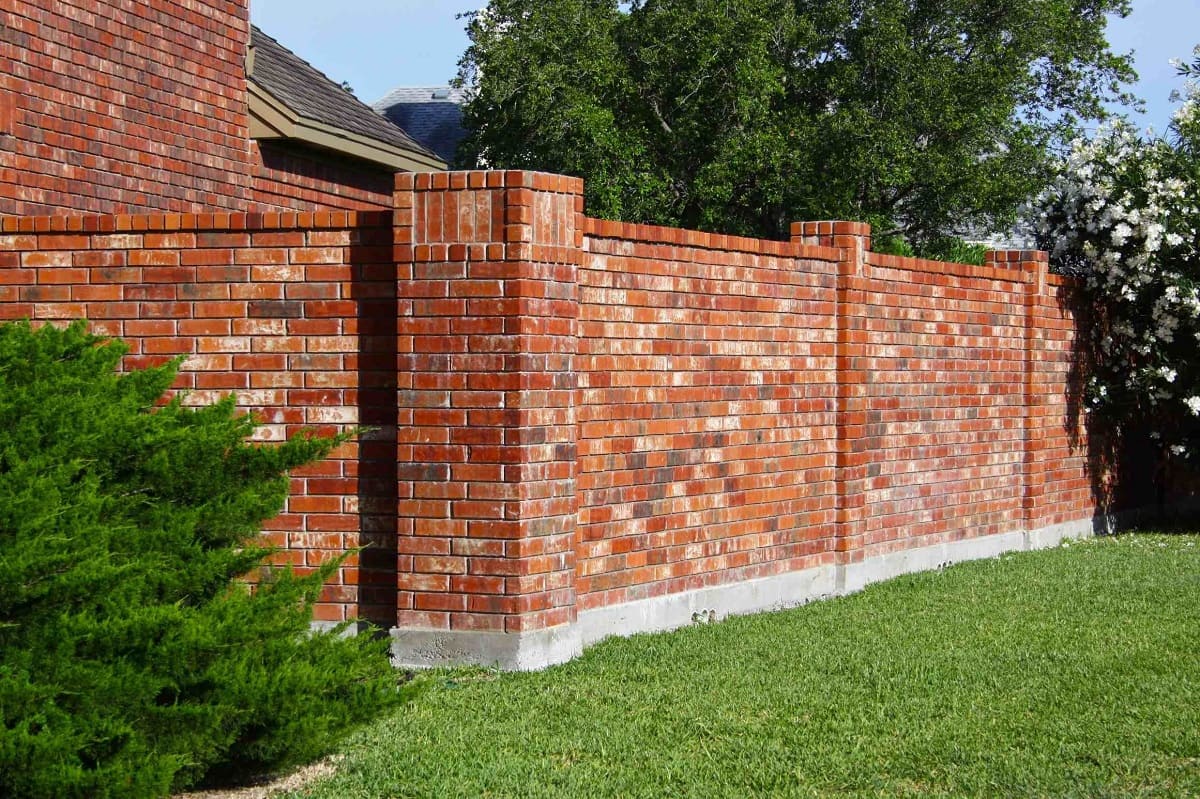
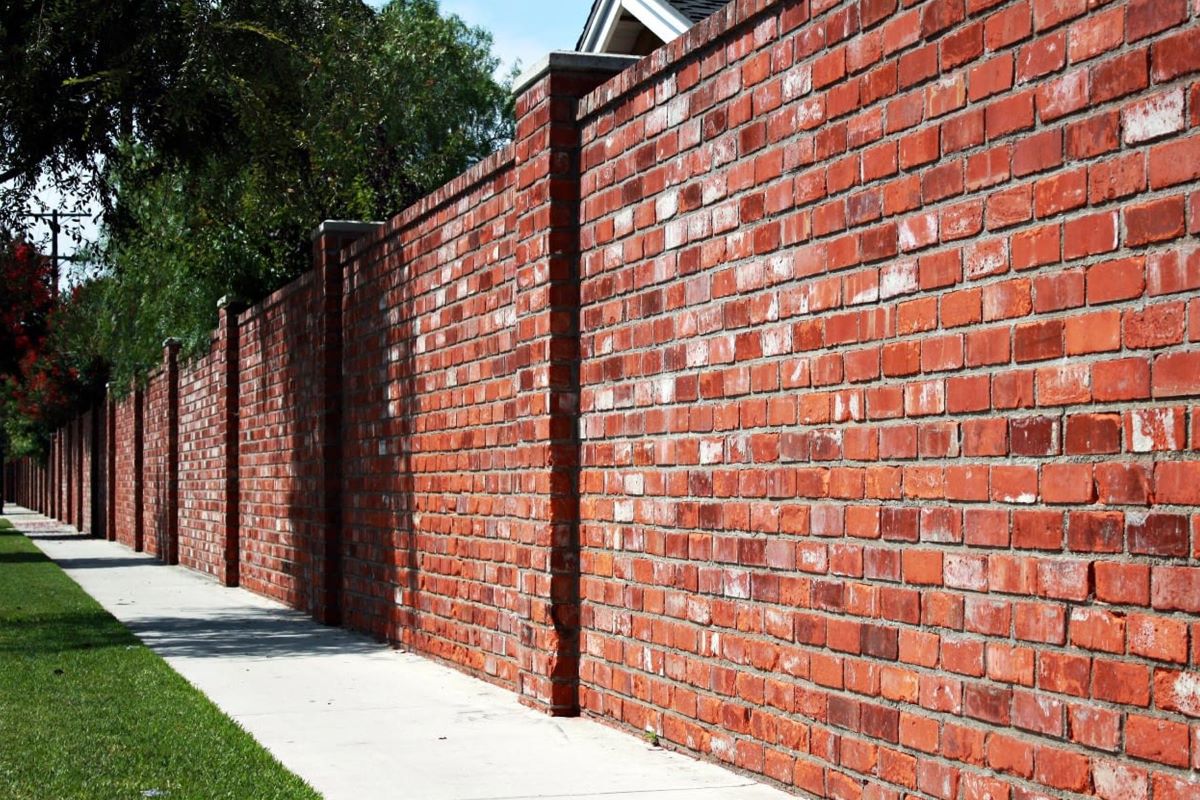

0 thoughts on “How To Build Wire Fence”